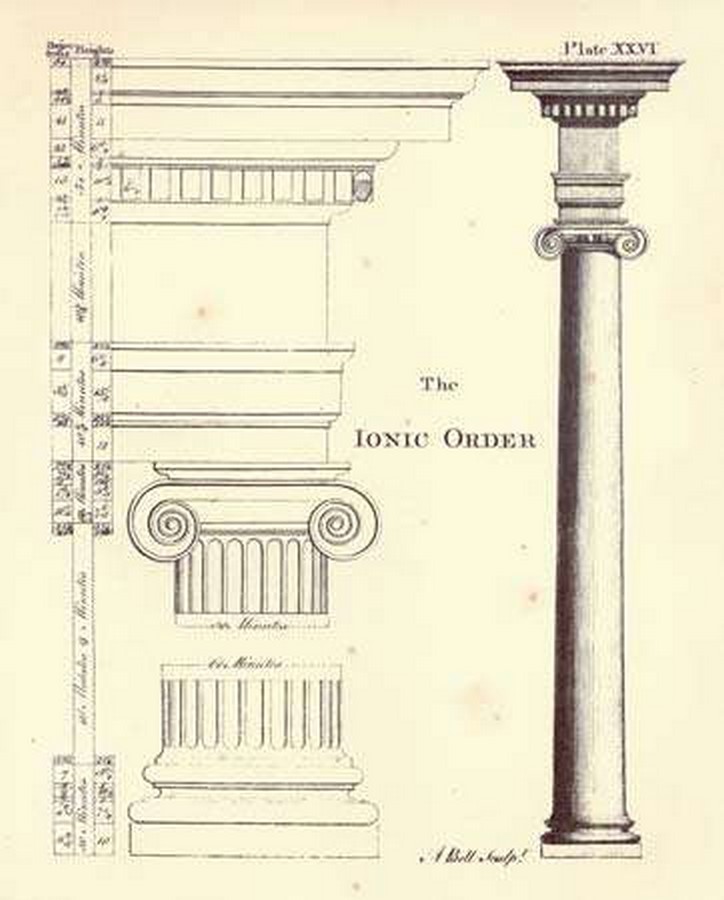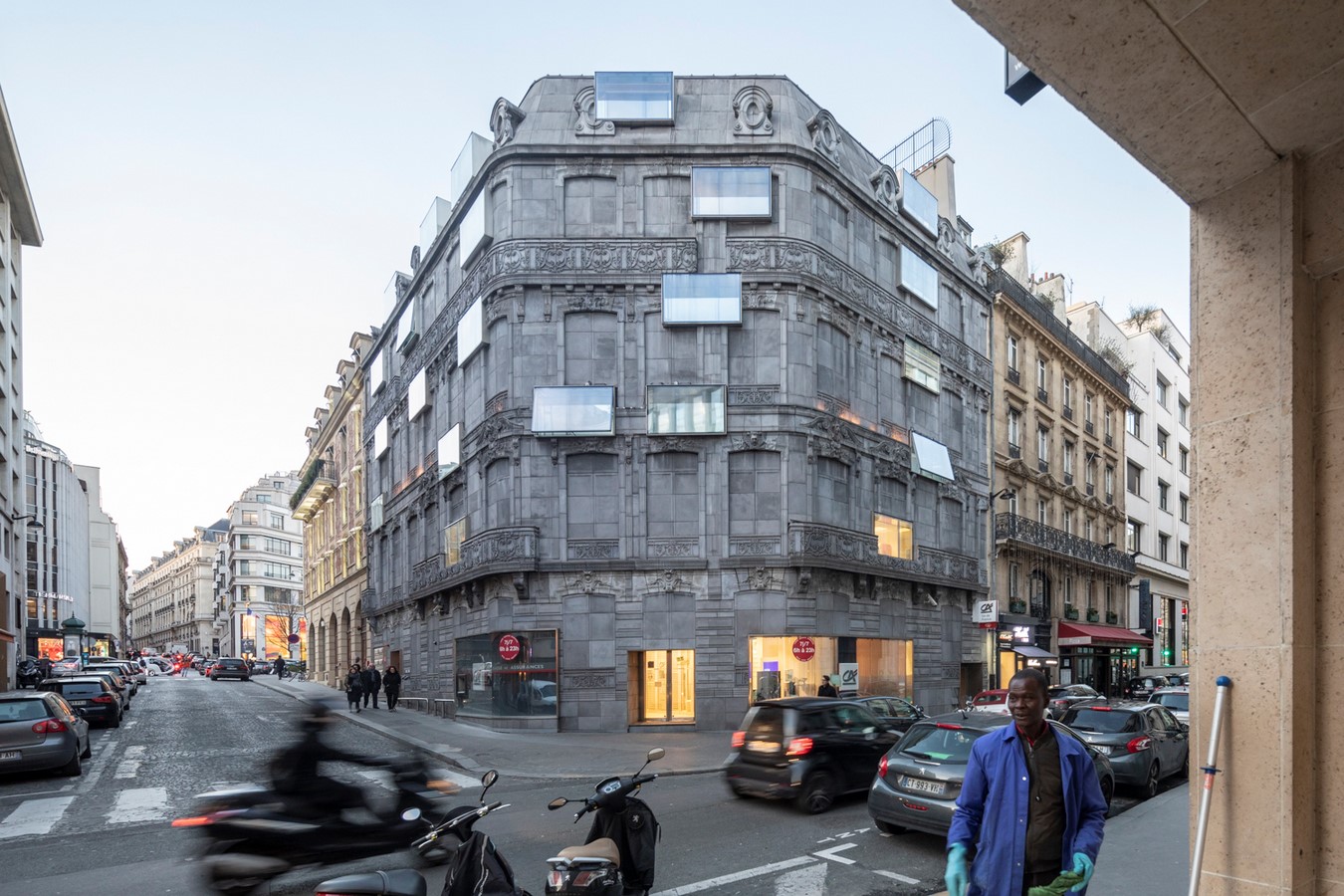Complementary Architecture refers to a practice that has some inherent characteristics. These features have been part of practice and ideologies as an individual entity also. These principles include contextualism, sustainability, altruism, and similar thoughts that have been evolving in different parts of the world with the evolution of science, human thinking, and Architecture in parallel. Complementary Architecture supports sensibility applied approaches that take care of past values in present view with future perspectives. The roots of Complementary Architecture can be traced back in the past and are more evident after the 20th century i.e. after the industrial revolution till today and are going to be important in the future as well.
We all are familiar with the Vitruvian Triad that revolves around stability, utility, and beauty. According to Vitruvius, these three qualities are an inseparable part of any building. These have been fundamental principles in Greek and Roman Architecture. One of the primary examples of Complementary Architecture in Ancient Greek and Roman Architecture is Greek columns (orders) that are Doric, Ionic, and Corinthian orders which were later adopted by Romans. These orders have been extensively used in most of the significant buildings in Greek and Roman Architecture. This clarifies that Complementary Architecture has always been prevalent in our past.
The characters that are adorned by Complementary Architecture explain the Vernacular style in one or other way. Most of the traditional buildings have qualities like the use of local material and construction techniques, ornamented by elements inspired by environments. They are extremely responsive to the climate of the region and adapt quickly to the changes in spatial function. The majority of structures before the 20th century are intangibly part of Complementary Architecture.



With these prevailing characters, Complementary Architecture became a movement in Architecture that was first coined by Australian Architect Jin Lev in “Manifesto of Complementary Architecture (MOCA)” in the year 2015. Since then this manifesto has been active in creating awareness and making people develop an understanding of Complementary Architecture.
One of the recent examples of Complementary Architecture is the refurbishment of Hotel Fouquet Barriere by Edouard François. This building stands amidst a square in Paris and is now given a new identity with all necessary modern amenities in the context of the surrounding buildings. This is one of the ways of exercising Complementary Architecture in the present time. The building still has its original language enacted with some contemporary interventions in between. The interiors of the hotel are also significantly renovated to suit the amenities. This change in interior demanded addition and alteration in exterior as well and thus paved its way towards Complementary Architecture. The complete project provides youthfulness with its character rooted deep in the traditional style that justifies the context.



Another way of understanding Complementary Architecture is through the study of the research paper “The Complementary Relationship between Architecture and Topography: Focus on the Performative Relationship between the houses of Kim Encheurl and Topography” by Hayub Song and Eungee Chin published in Journal of Asian Architecture and Building Engineering. Through this research paper, an attempt is made to understand the relationship between site context and buildings.
The topography is an important aspect of context associated designs and the houses designed by Kim Encheurl are not very much site driven. This establishes a contrast between the site context and the architecture that has always been a parallel thing. The study shows an interesting approach that may or may not be implied in the future under Complementary Architecture. The houses designed by Kim Encheurl have inspiration from modern Architecture and Architects like Le Corbusier but are functional irrespective of their contrast with the context. So maybe with changing times the approach towards Complementary Architecture would be modified in the future.
Complementary Architecture aims at incorporating the needs and requirements of the present with a sensible and thoughtful understanding of the future by not harming the environment. The past Architectural History has always taught us about the correct approaches towards a better future and hence historical influence is valid in Complementary Architecture. The sensitive approach is an important part of awakening the changing climate and hence, understanding to take forward this movement is one of the key elements to define the future with an impact of the past.













